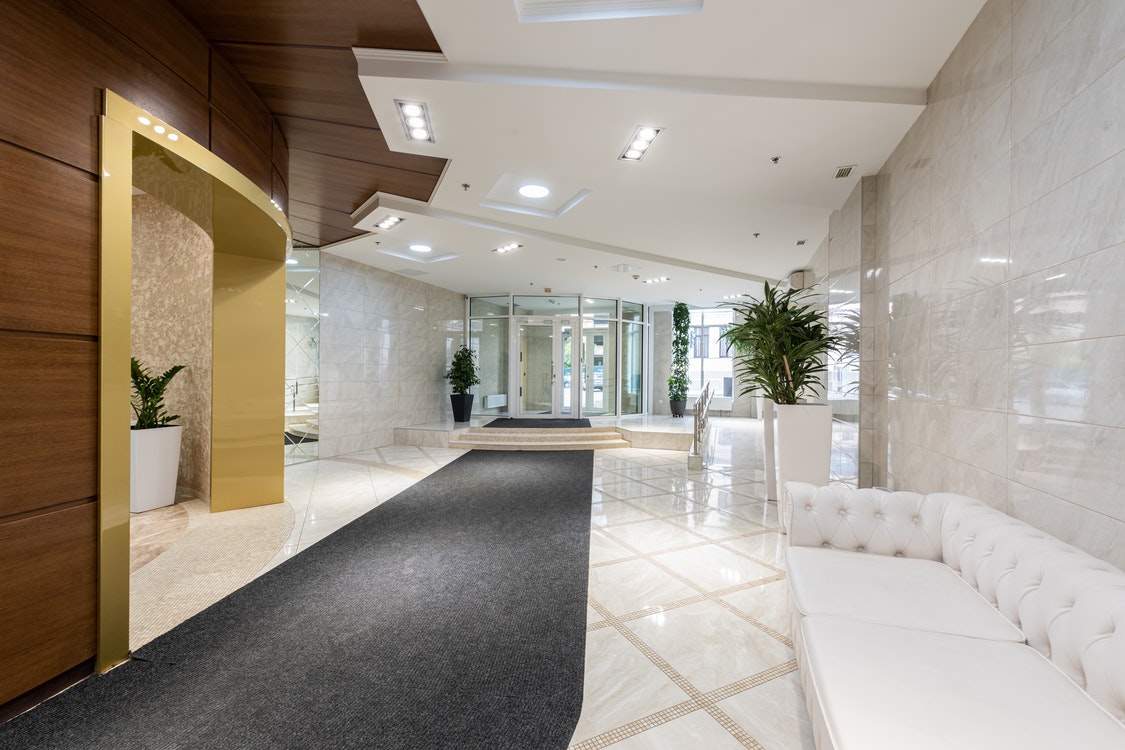A good way to clean a property before a tenant moves out is to create an inventory. You should check every detail of the inventory to ensure everything is in perfect condition. The inventory should also include photos, showing the state of the property when the tenant first moved in and when they leave. By following these steps, you will make sure the property is ready for a new tenant and that you are not wasting your time cleaning up the property afterward.
Cleaning a Property Before Tenants Move Out
If you’re moving out of a rental property, cleaning the place properly is important. This includes cleaning the exterior of the property, including garden sheds, decking, patios, and flowerbeds. The lawns should also be cut and the patios cleaned. You should also repair any broken gates or glass surfaces. Make sure to list these items on the inventory. Keep in mind that tenants can still be held responsible for these items.
If a tenant is unhappy with the cleanliness of their rental property, they may wish to hire a cleaning service to ensure the property is spotless. This can help them get back the full amount of their deposit, as most disputes about deposit refunds are about cleaning. Whether or not a property is spotless before the end of a tenancy is a matter of opinion. Generally, you should aim to clean the property to the same standard as it was before you moved in. However, if you are unsure what level of cleanliness is acceptable, you should consult the inventory and condition schedule.
It is recommended to hire a professional cleaning company to do your end of tenancy cleaning Putney, as they’ll bring all of the necessary cleaning equipment and products. Additionally, they will have vetted employees who can guarantee you a thorough cleaning job. Lastly, you can consult with the landlord about the cleaning company you choose. Most landlords will be more than happy to help you out with the process. Listed below are some tips to help you choose a cleaning company.
Cleaning a property at the end of tenancies is an important part of renting a home. As a tenant, you have a responsibility to maintain the cleanliness of the property. If you’re moving out and want to get your deposit, you’ll need to clean it thoroughly. However, if you’re moving out from a rental property, you should be ready to clean the property in order to leave it in perfect condition.
You should also clean the shared areas of the property. These include parking lots and driveways. If you’re moving out of a rental property, make sure to clean these areas before you leave. Often, landlords don’t expect tenants to clean these areas, and you can’t blame them if you didn’t notice them. Besides, you should also be sure to check for signs of wear and tear so that you can remove any hazards before the tenant leaves.
Cleaning a Property After Tenancy

After a tenancy, you need to clean the property properly. If you leave your rental property in disrepair, your landlord might cut a portion of your deposit because of the mess you left behind. Here are some tips to help you clean a rental property and get your deposit back in full. Make sure you follow the tips below! Also, be sure to include photos of the fixtures, so you can avoid spurious claims by tenants and resolve disputes over the deposit.
It’s also important to clean important areas such as the bathroom, kitchen, and bedroom. You should also take the time to repair any plumbing issues in these areas. If necessary, replace the bathtub or the toilet and paint the apartment. This is the best time to do these repairs and updates. Make sure to note any damage on the inventory as well. Otherwise, your landlord might try to charge you for these repairs.
Cleaning a property after tenancies may be tricky. Before you start cleaning, read your tenancy agreement carefully. You may find that it states that you’ll be responsible for cleaning the property. If you are charged excessively, you’ll need to make sure you have a good case. Even if you’re not liable for the tenant’s actions, you’ll need to clean up the property thoroughly.
It’s not always necessary to replace the furniture. You may still have some leftover furniture that’s just not being used. It’s also important to check for any blemishes or damages that the tenants left behind. A thorough cleaning can increase the chances of attracting new tenants. There are many things to consider when cleaning a property after a tenancy. You need to keep it in a good condition and avoid causing any damage.
Documenting the tenant’s actions will also help prevent any future disputes over the mess. It will also give you the opportunity to question the mess and hold the tenant accountable if the situation continues to arise. This will prevent the landlord from losing a court case and owing triple damages. In short, keep accurate records of cleaning before, during, and after a tenancy. The landlord can charge a cleaning fee to restore the property to the state it was in when the tenant moved in.
Cleaning a Property at the End of Tenancy
End of tenancy cleaning is a legal requirement. It must be thorough and done properly, otherwise, the landlord might deny your deposit. Cleaning should be done before your departure before you return the property to the landlord. Make sure that all garden sheds, decking, and patio areas are clean and in good condition. Flowers and flowerbeds should be tended to, lawns mowed, and broken gates repaired. Make sure that you note down the condition of the garden in the inventory.
In some cases, the landlord can force the tenant to pay the cleaning costs, particularly if the hygiene level was not up to the level stated in the move-in inventory report. However, it is best to avoid excessive charges and to stick to reasonable compensation. To avoid a dispute over cleaning costs, start early. Make sure to include all required areas in your cleaning checklist, and make sure that the tenant signs up for the cleaning service if they are required to do so.
Before a New Tenant Moves In
It’s important to clean the property at the end of tenancy well before a new tenant moves in. If you want to prevent false claims from tenants, be sure to do so. Not only will the new tenant have a better impression of your property, but they’ll also respect it more. This article will provide some tips to get your rental property in tip-top shape.
Clean the property before you leave. Most disputes over cleaning occur during the last week of tenancies. It’s best to have a professional inventory taken before the tenancy ends so that you have a record of what’s been cleaned. If you don’t clean the property thoroughly, the landlord can keep a portion of the deposit for cleaning costs. It’s important to clean the property thoroughly, as this will increase your chance of getting your deposit back.
Before the end of a tenancy, you can use an end-of-tenancy checklist to keep track of what needs to be cleaned. Obtain your inventory, check your check-in report and prepare the house for showings. Gather cleaning supplies and equipment. These include cleaning fluid for kitchens and bathrooms, scourers, a quality vacuum cleaner, and cloths.
It is important to clean a property well before a new tenant moves in since your previous tenants were not responsible for any damage. However, you should clean the property thoroughly, including the kitchen, bathrooms, and bedrooms. It is also important to do a thorough inspection of the property to check that it is sanitary and ready for a new tenant. Cleaning the property should be done at least two months before the new tenant moves in, but it’s worth spending a little extra to get a professional to do the cleaning.
Apart from thorough cleaning, you should take inventory pictures of the property. Include images of all the fixtures and appliances so that the new tenants can inspect them and make their decision. Moreover, this can help to settle disputes about the deposit. In addition to that, you should clean the ovens, chimneys, and windows. These appliances should be free from any grease and smoke.



















